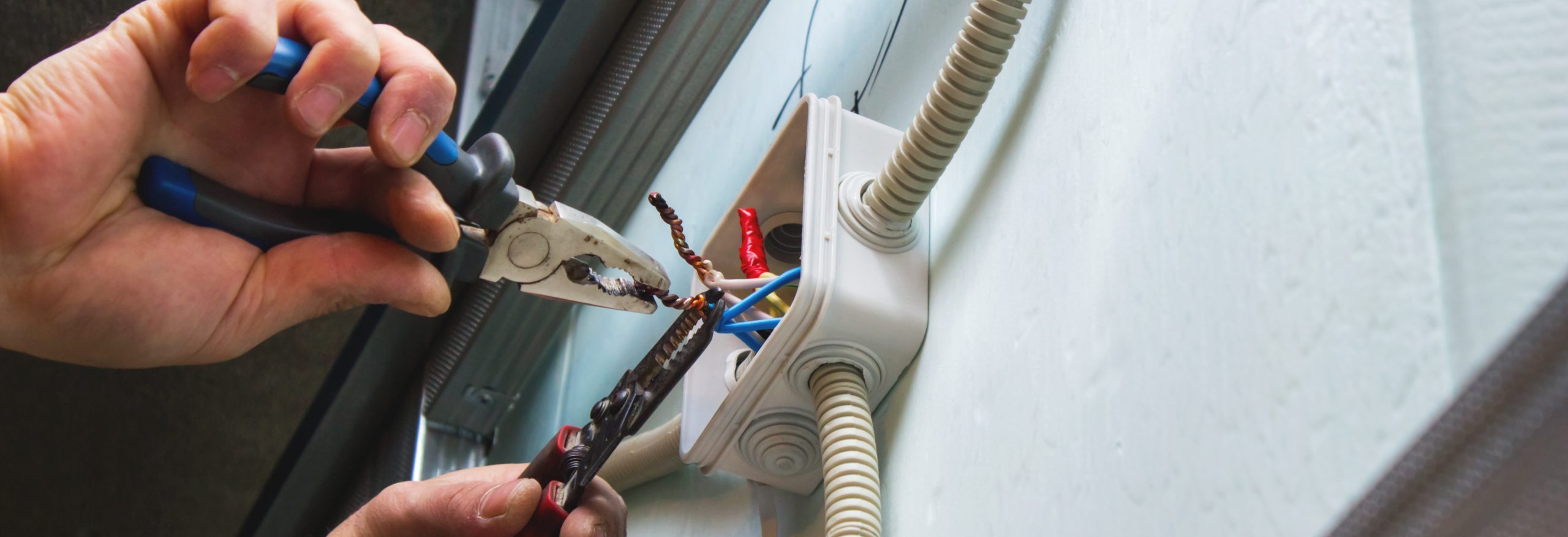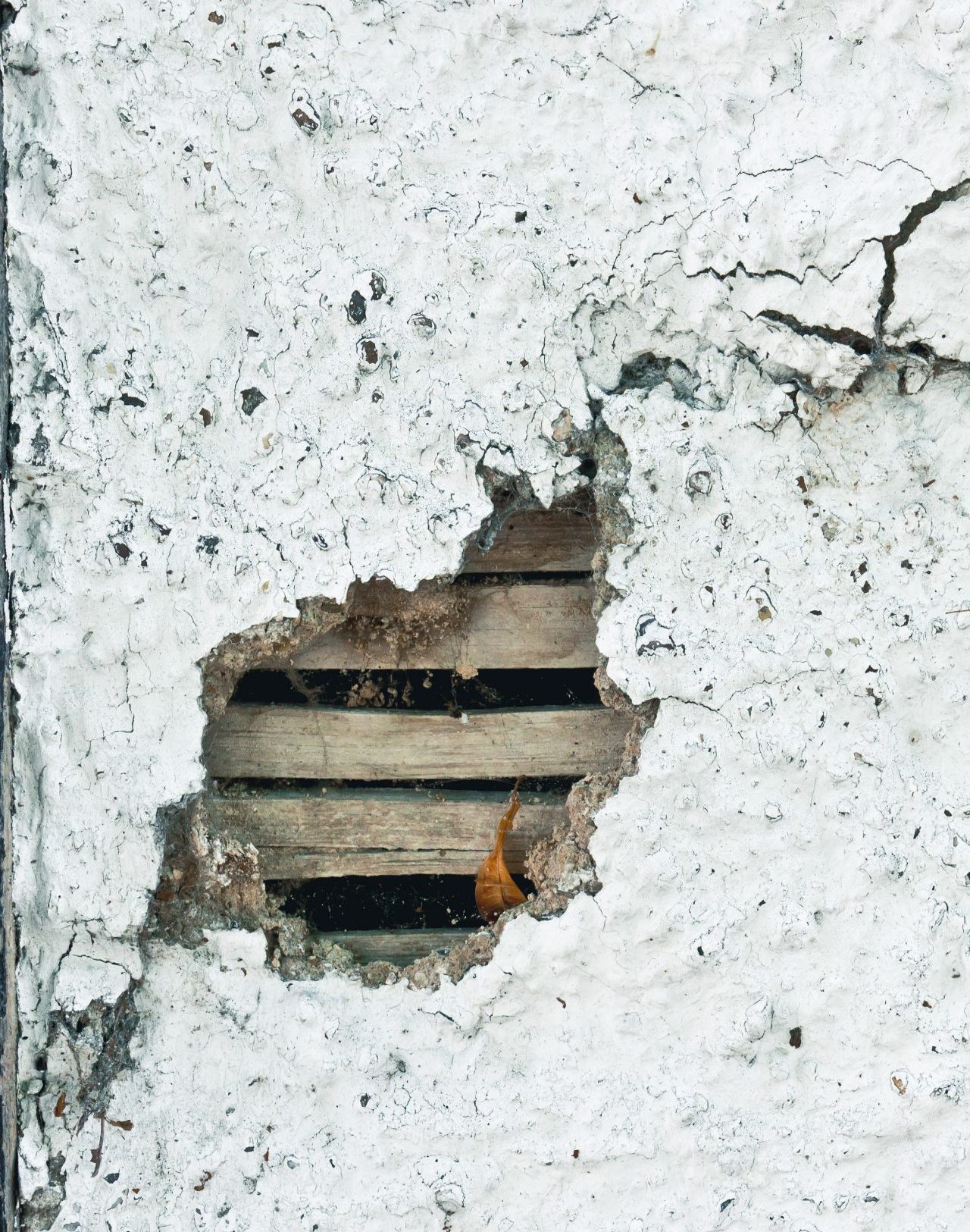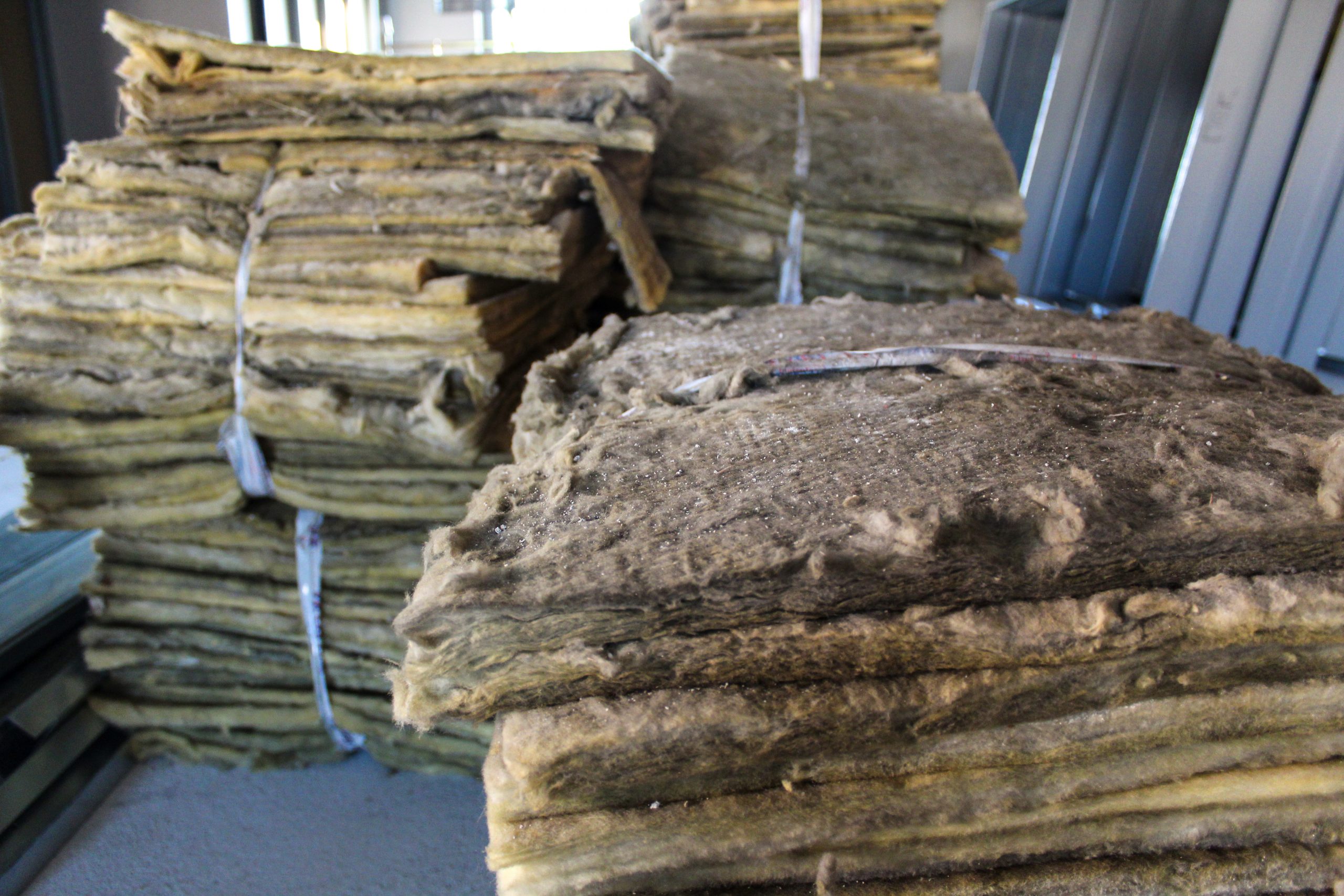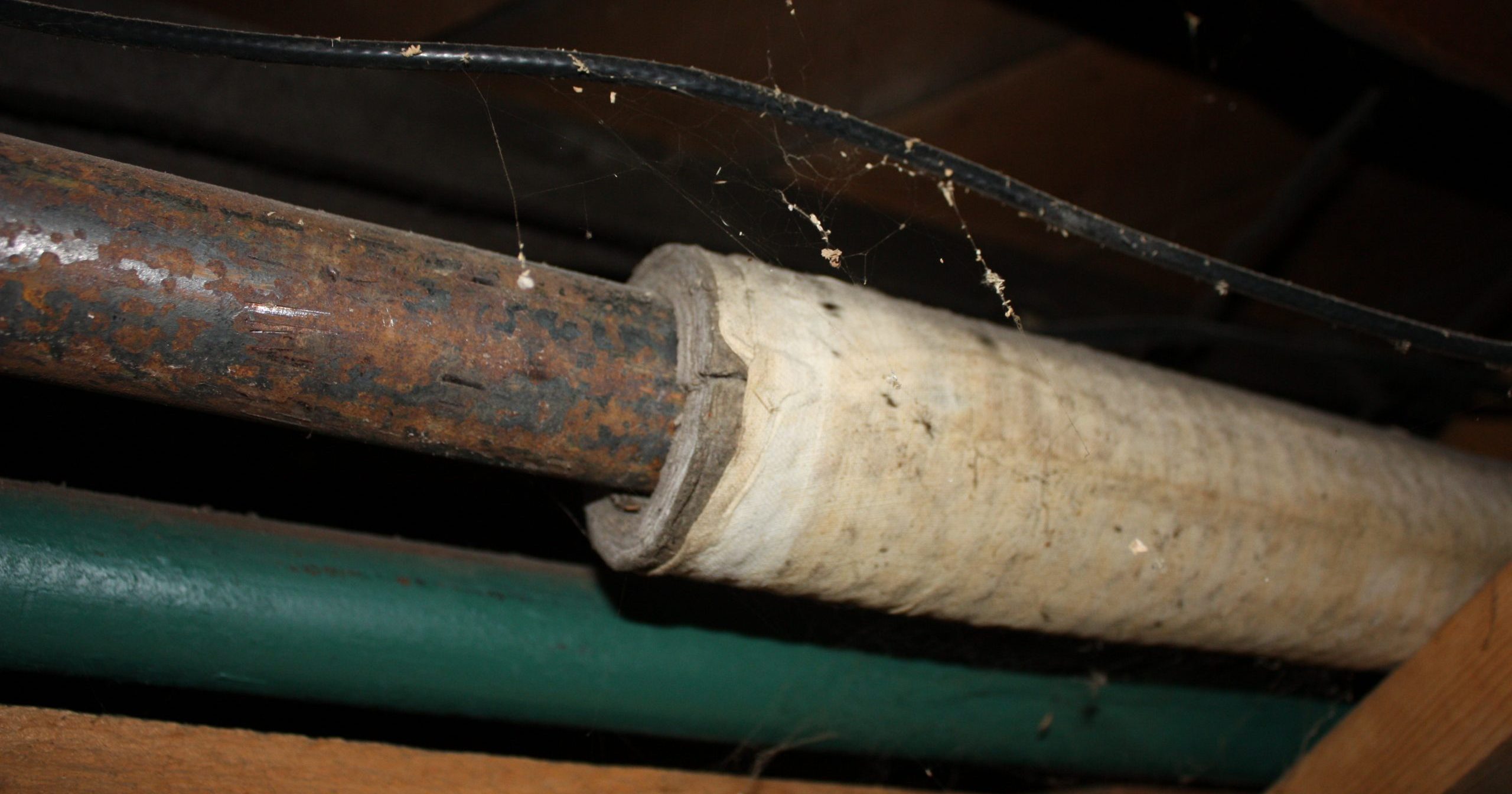Electricians and Mesothelioma
The U.S. Bureau of Labor Statistics indicates there are more than 700,000 people currently employed as electricians.
Electricians work with wiring and a variety of electrical components including circuit breakers, power distribution blocks, and junction boxes. However, prior to the 1980s, these and other electrical components made use of asbestos. This was done for reasons of safety. Asbestos kept wires from causing fire in the event they were to overheat or short out.
While asbestos may have been beneficial for protecting property, the same was not necessarily true when it came to the protection of human life. Under certain circumstances or conditions, asbestos fibers were able to break free from the electrical components in which they were contained. When this happened, asbestos entered the air. Once airborne, it was possible for those fibers to be inhaled or ingested.
This very occurrence befell many electricians employed in the trade between the 1940s and possibly as late as the 1990s (and in some instances it is still happening today when electricians are involved in the renovation of pre-1980s structures but do so without proper safeguards in place).
As a result, some electricians since the 1940s—seldom even aware that they had breathed or swallowed asbestos fibers—decades later received word from their doctors that they had developed mesothelioma, asbestos lung cancer, asbestosis, or other conditions scientifically linked to occupational asbestos exposure.
If asbestos exposure has led to the onset of mesothelioma or other asbestos disease in the life of an electrician or a loved one, know that there is hope. It is possible to fight mesothelioma—and also to hold accountable the companies responsible for causing it. Holding them accountable means making them financially compensate the injured for the cost of medical care, lost wages, and more.

Who qualifies as an electrician?
An electrician is anyone—licensed or not—who is or was in the trade of making electric power available for use by owners and occupants of structures of all types.
Tasks typically performed by electricians include:
- Routing wires
- Installing outlets, switches, rheostats, fuses, and circuit breakers
- Connecting circuits
- Troubleshooting electrical problems
- Working with equipment to cut, crimp, splice, bend, drill, and hammer electrical components
Within the electrician trade is a specialty field—the lineman electrician. This is the electrician who works with high-voltage transmission lines that carry electricity long distances from a powerplant or other large-scale generating facility to users.
Lineman electricians typically work with:
- Transformers
- Voltage regulators
- Cable
- Fused cutouts
- Capacitor banks
Electricians and asbestos exposure

Asbestos was at one time added to just about every product an electrician might use on the job.
The fibrous mineral—coveted for its ability to make things fireproof—was added to prevent electrical and adjacent non-electrical materials from combusting following a spark or plasma arc.
Pre-1980s, electrical wire was customarily sheathed in asbestos-lined cloth. This cloth insulated the wire so that it could be handled while live current flowed through (asbestos does not conduct electricity, which is why it was also used in some types of junction boxes, circuit panels, outlets, and switches).
Asbestos became a health risk to electricians anytime a product containing the mineral was disturbed. Disturbing it meant the product was cut, crimped, spliced, twisted, filed, hammered, or drilled. Even merely muscling the product into place could produce sufficient force to disturb the asbestos.
Disturbing the asbestos caused tiny bits of it to break free and begin floating in the air where they could remain for hours or days before settling to the floor.
The risk to electricians was that they might walk through a nearly invisible cloud of floating asbestos particles and inhale or ingest some of them. Or that the cloud might drift toward where the electricians were working and envelop them—with the result again being asbestos breathed or swallowed.
In either case, the risk for electricians was high because most of their work was performed indoors, within small, enclosed, poorly ventilated areas. This was not necessarily so for linemen electricians—most of their work was performed outdoors where wind could carry asbestos particles away, but there were occasions when they likely would have been around asbestos in an enclosed space, such as within a utility vault.
Once deposited in an electrician’s body, the asbestos fibers would usually remain there. Then, after one or more decades, those asbestos particles might cause mutations in the healthy cells of the lungs or intestines, with mesothelioma or another asbestos disease a potential consequence.

Electricians and asbestos exposure from non-electrical building materials
In addition to products electricians used, asbestos was an additive to a many construction materials used by other trades. Electricians almost surely would have encountered these on the job.
The list includes:
- Drywall
- Insulation
- Ceiling and floor tiles
- Spackle
- Decorative plaster
- Cement pipes
Drywall was a construction material that electricians commonly encountered when working on buildings that were already far along toward completion or that were undergoing modification, such as during a remodel or retrofitting. In the course of working on these projects, electricians would need to cut into sections of drywall for access to the wires and connectors hidden behind them.
It was this cutting that raised the risk of asbestos exposure. Prior to the 1980s, many types and brands of drywall were enhanced with asbestos to make each sheet stronger, lighter, noise-absorbent, and less conductive of hot and cold temperatures. Asbestos also helped make it more likely the drywall would survive a fire.
Drywall was not the only material behind which wires and connectors were concealed. There also were ceiling tiles. Hidden behind them could be wires and connectors for overhead lighting and fans. Floor tiles too could in some instances shield electrical components that electricians might need to reach. Asbestos was used in these building materials too—and for the same reasons as asbestos in drywall.
Drilling and cutting into drywall or tiles containing asbestos posed a health hazard to electricians, especially if they did so while in a confined, enclosed space poorly ventilated. The health hazard was created when tiny particles of asbestos were torn loose from the materials into which they had been composited.
Loosened, those particles began floating in the air surrounding the electricians who had performed the drilling and cutting.
Once airborne, it was possible that the free-floating asbestos particles would be inhaled or ingested by the electricians as they continued working. Inhaled or ingested asbestos is dangerous because it has the potential to become permanently trapped in the lungs or intestines.
Years and even decades later, the trapped asbestos can induce harmful changes to the cells that line the lungs and the abdominal cavity. In particularly vulnerable electricians, these cellular changes pave the way for the onset of cancer—the two most prevalent types being mesothelioma and asbestos lung cancer.
However, other asbestos-related diseases can also be triggered by trapped asbestos particles. They include scarring of the lungs (asbestosis) and other damaging conditions.
Electricians and asbestos exposure from power tools
Simply operating these tools under normal conditions could be enough to cause small amounts of asbestos to break free of the parts containing the mineral. Asbestos could also break free any time the tool’s body was opened for servicing—the act of inserting test leads from a multimeter, for instance, could be enough to disturb the asbestos within.
When asbestos is disturbed, its fibers can wrench themselves away from the part in which they are held. Upon breaking free, these particles rise into the air and stay there for hours or days.
During the entirety of the time they are airborne, those asbestos particles can be breathed or swallowed by the tool user. Either way, the particles can end up trapped deep inside vital organs where it is possible for them to begin the process of mutating healthy cells into cancerous ones. At the end of the process, mesothelioma, asbestos lung cancer, and other asbestos-related disease can emerge.
Electricians and asbestos exposure from working alongside other trades
Electricians faced asbestos exposure from electrical products, general construction materials, and power tools. There was yet another element of risk in their line of work—asbestos exposure as a result of showing up at the jobsite day after day.
Typically, electricians would follow behind another trade, so there was a span of time—short thought it might be—in which asbestos released into the air by the previous trade might have time to waft out of the area or settle on the ground. However, there were occasions when the work of the electricians had to be sequenced concurrently with one or more other trades in order to complete a particular phase within a tight deadline. In such circumstances, it might not have been possible for electricians to avoid coming into contact with airborne asbestos from other trades—especially if the other trades were toiling just a relative short distance away, say in the opposite corner of the same room.

Electricians and asbestos exposure from personal protective equipment
However, gloves—even those made more durable by asbestos—tended to become frayed or split from the kind of hard use to which electricians often subjected them. It wss then that the asbestos contained within could break free and become airborne.
Were those asbestos particles to be breathed or swallowed, they very possibly would have found their way into the deep recesses of the lungs or intestines and never been expelled. Decades might have passed without any sign of health trouble. But then, one day, the electrician who by misfortune inhaled or ingested asbestos on the job might have received a diagnosis from the doctor indicating that mesothelioma, asbestos lung cancer, asbestosis, or other asbestos-related conditions had entered the picture.
Electricians’ rights to compensation after asbestos exposure
You and/or they may be entitled to money in compensation for the health harms you and/or they have suffered. This is money to pay for treatment, replenish lost wages, and mitigate an array of other damages.
One possible way to obtain compensation is by suing the company or companies that made, distributed, or sold the products containing the asbestos responsible for causing exposure. Money awarded at the end of a successful court case can be quite substantial.
A second option is to settle the lawsuit at some point before a verdict is rendered—perhaps within days or weeks of initiating the claim. The benefit of settlement is it usually avoids a costly trial and often ends with receipt of a very acceptable compensatory sum.
There also is a special system set up to compensate you when a company cannot be sued. Asbestos-product companies that declare bankruptcy are shielded from personal-injury tort lawsuits if they have filed for bankruptcy protection. This special system is a viable workaround in these instances.

About the author…
Beth Gori graduated from the State University of New York at Buffalo in 1995 with a degree in Biology. She attended law school at St. Louis University and graduated with a J.D. and certificate in Health Law Studies in 1999.